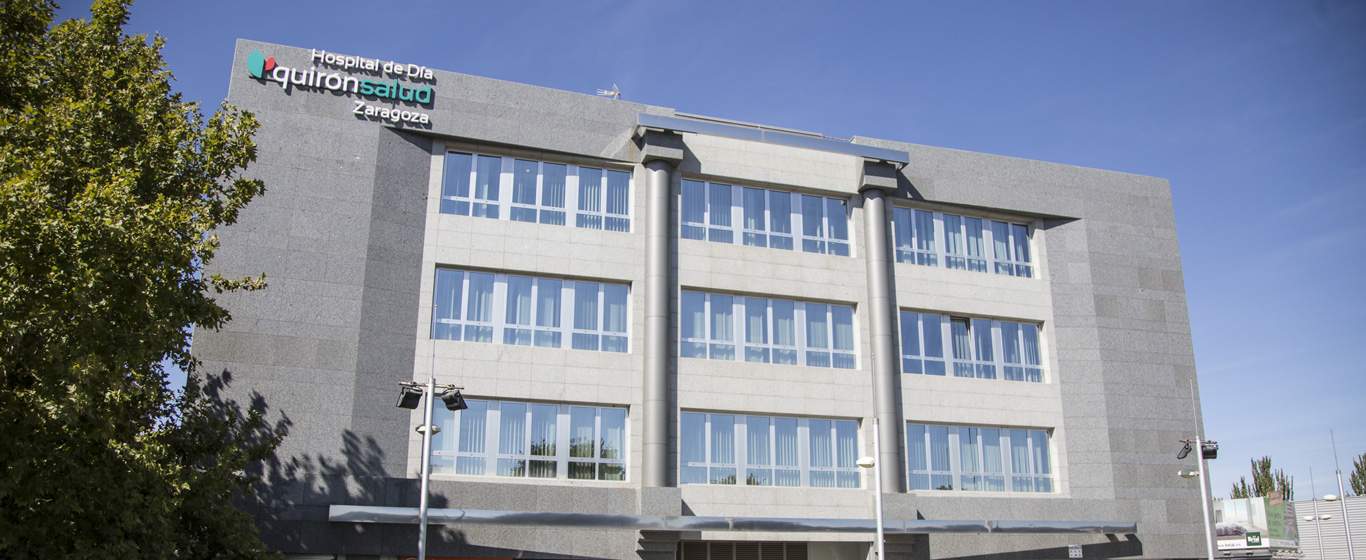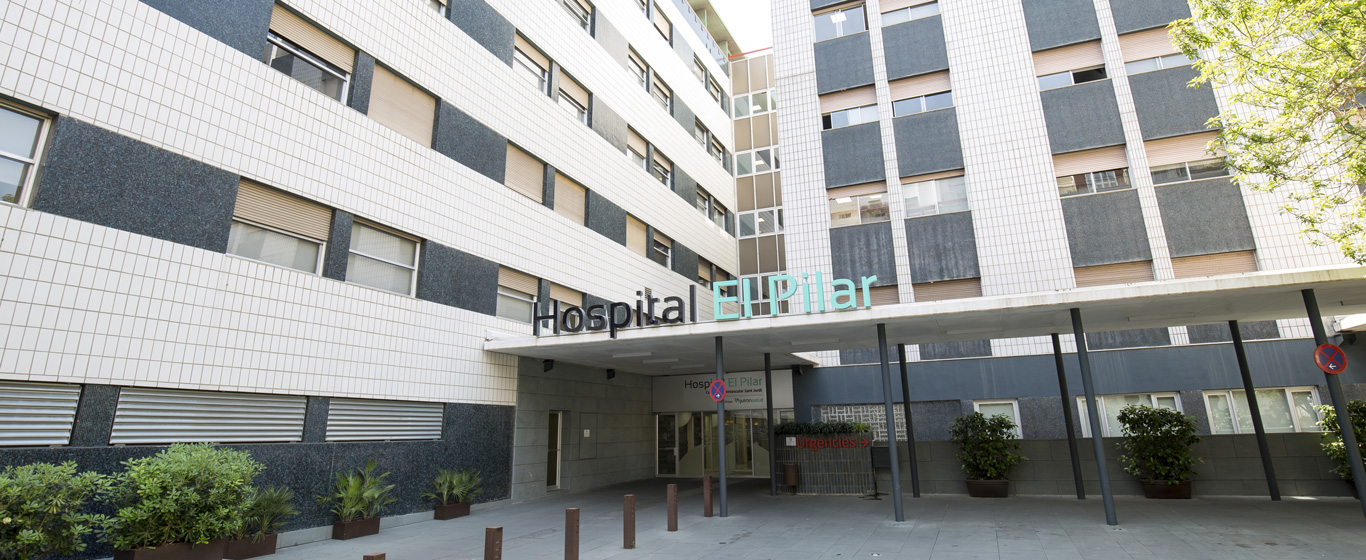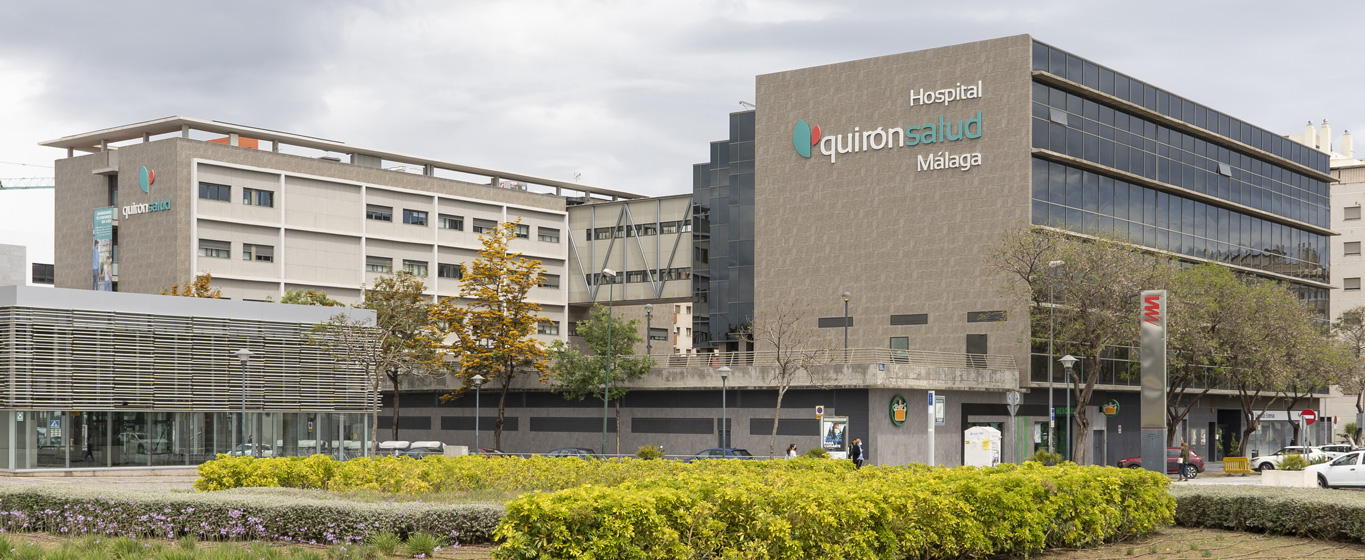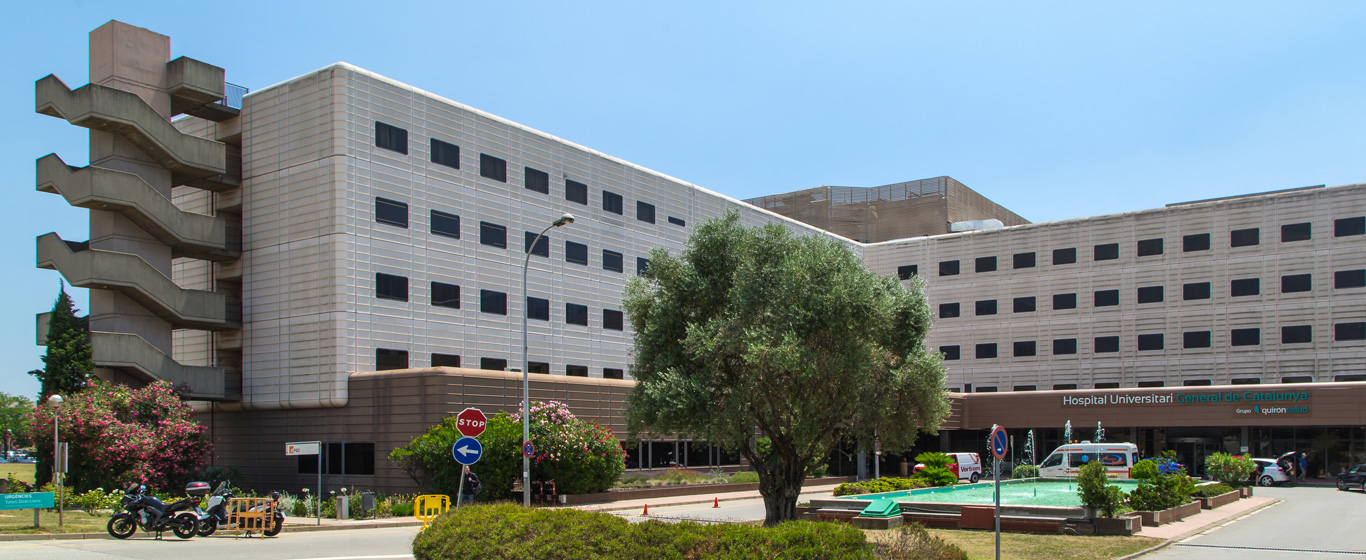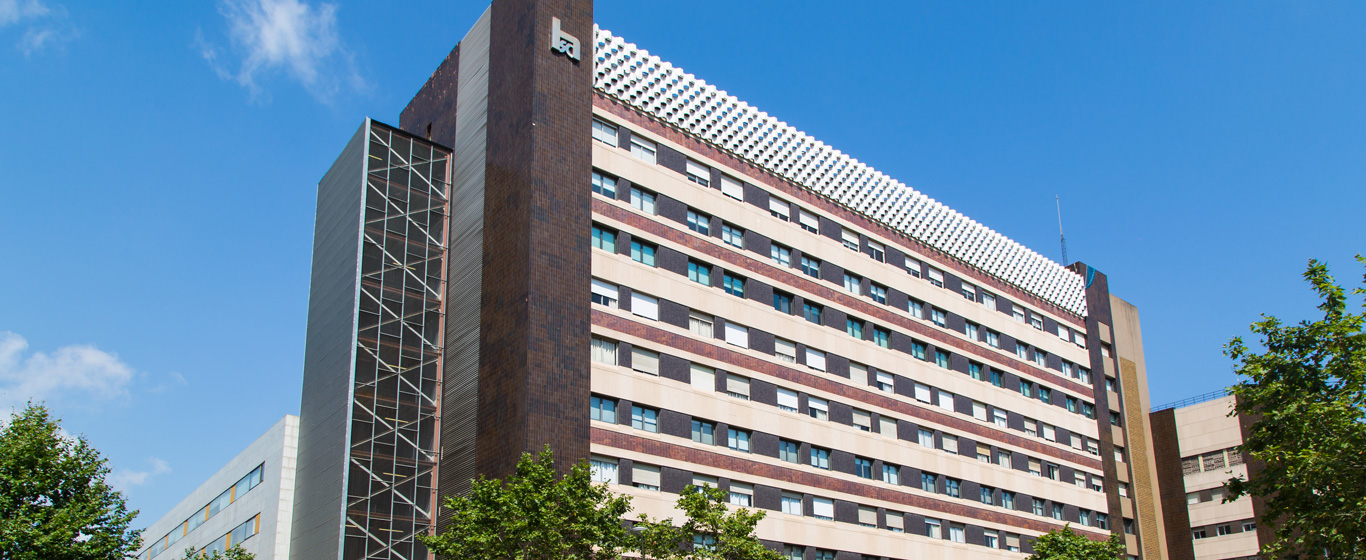Angelman Syndrome
What is Angelman syndrome? Learn all about its causes, symptoms, and the treatments that improve the quality of life of those who live with it.
Symptoms and Causes
Angelman syndrome is a disorder that results from the loss of genetic material on chromosome 15, leading to delayed neurodevelopment. Although individuals are born with the condition, it is usually diagnosed between 6 and 12 months of age, when the first developmental milestones are expected.
Although there is currently no cure for this syndrome, life expectancy is not reduced. However, since it is a severe neurological disorder, affected individuals require special care and may experience a significantly reduced quality of life.
Symptoms
Symptoms of Angelman syndrome can be physical or related to development. The most significant include:
- Cognitive and developmental delay
- Movement and balance disorders: stiffness, lack of coordination, clumsiness, tremors, or instability
- Happy demeanor and frequent laughter
- Hyperactivity
- Excitability
- Lack of verbal expression or use of very few words
- Seizures
- Abnormal electroencephalogram (EEG): high-amplitude waves and slow spikes
In some cases, patients may also present with strabismus, scoliosis, hyperactive reflexes, swallowing difficulties, a prominent tongue, or hypersensitivity to heat.
Causes
People with Angelman syndrome have an alteration in chromosome 15. Specifically, the maternal UBE3A gene does not function correctly and cannot be compensated by the paternal counterpart.
In most cases, this gene deletion occurs spontaneously, which means the condition is not always inherited and the likelihood of having two children affected by the syndrome is very low.
Risk Factors
Although Angelman syndrome is not inherited in most cases, the main risk factor is having a family history of the condition.
Complications
In addition to the usual complications associated with cognitive delay, individuals with Angelman syndrome may develop sleep disorders, scoliosis, constipation, hyperactivity, or feeding difficulties.
Prevention
There is no way to prevent Angelman syndrome.
Which specialist treats Angelman syndrome?
The diagnosis of Angelman syndrome is made by genetics specialists. Treatment involves psychologists, speech therapists, physical therapists, and specialists in any associated conditions that the patient may present.
Diagnosis
When Angelman syndrome is suspected, specialists follow a specific protocol to confirm the diagnosis. The most common tests include:
- Karyotype analysis including chromosome 15, since this is not typically included in standard tests
- Methylation testing (MS-MLPA): identifies whether there is an abnormal methylation pattern (a chemical process where methyl groups bind to DNA or proteins) on the chromosome; used to detect inherited cases. If the result is negative, further testing is required as it is not definitive
- Molecular analysis of the UBE3A gene: identifies cases caused by non-inherited genetic mutations
- Methylation dosage analysis, fluorescent in situ hybridization (FISH), and microsatellite analysis (PCR): determine the genetic cause of the disorder
Treatment
There is currently no cure for Angelman syndrome, so treatment focuses on alleviating symptoms and minimizing complications. Each patient requires a personalized approach tailored to their specific characteristics and needs. The most common strategies include:
- Behavioral therapy to support development and help manage hyperactivity
- Speech and language therapy to facilitate communication through spoken language, signs, or images
- Physical therapy to improve movement
- Medications to aid with sleep, control seizures, or treat gastrointestinal issues






















